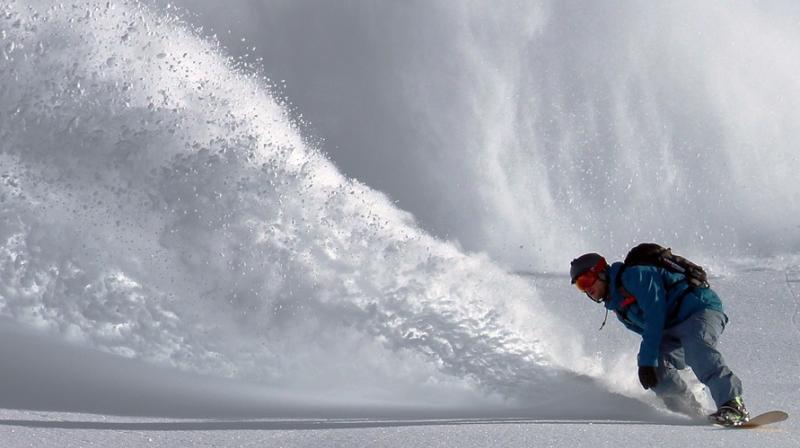Winter sports activities causing rise in severe injury cases

Washington: A study has recently found that with increase in popularity of skiing and snowboarding as fun winter sports, the number of skier and snowboarder injuries also continue to rise.
According to researchers, snowboarders were three times more likely than skiers to sustain injury. The most common skiing and snowboarding injuries are to the spine, pelvis, shoulder, wrist, hands, knees, foot and ankle.
They suggested pre-season conditioning and other tips to help winter sport athletes prevent bone and joint injuries. Lead researcher Brett D. Owens from the Warren Alpert Medical School of Brown University in Rhode Island, United States said that skiing and snowboarding are associated with a large number of injuries, with specific patterns and anatomic areas affected.
"While some injuries are unavoidable, many are caused by skiers and snowboarders exceeding their comfort zone in either speed or technical challenges on the mountain. It is critical to stay in control and be prepared to slow and stop to avoid contact with another person on the slope," Dr. Owens added.
Skiers are more likely to experience lower extremity injuries, especially to their knees, due to the rotational forces on the knee despite effective binding releases. Snowboarders are more likely to experience upper extremity injuries "due to falls onto their hands."
"Snow sport athletes can best prepare for their sport with a general preseason conditioning program as well as familiarity and maintenance of equipment," says Dr. Owens.
The team suggested some injury prevention tips:
Be prepared for the season with well-conditioned muscles and a body that is adequately hydrated.
Be knowledgeable about how to use your equipment appropriately and ensure everything is in optimal working condition.
Check that the ski bindings can release from your boots when appropriate and that boots fit appropriately.
Check that the edges of your skis or snowboard are flat and sharp for maximum performance to minimise injuries.
Always wear a helmet.
Avoid alcohol or drug use.
Be sure you have the ability to slow down and stop on busy days when many other athletes also are on the mountain.
Use extreme caution when weather conditions are not optimal.
Always follow signs and ski patrol instructions. Never ski or snowboard "out-of-bounds."
The finding appeared in the Journal of the American Academy of Orthopaedic Surgeons.

